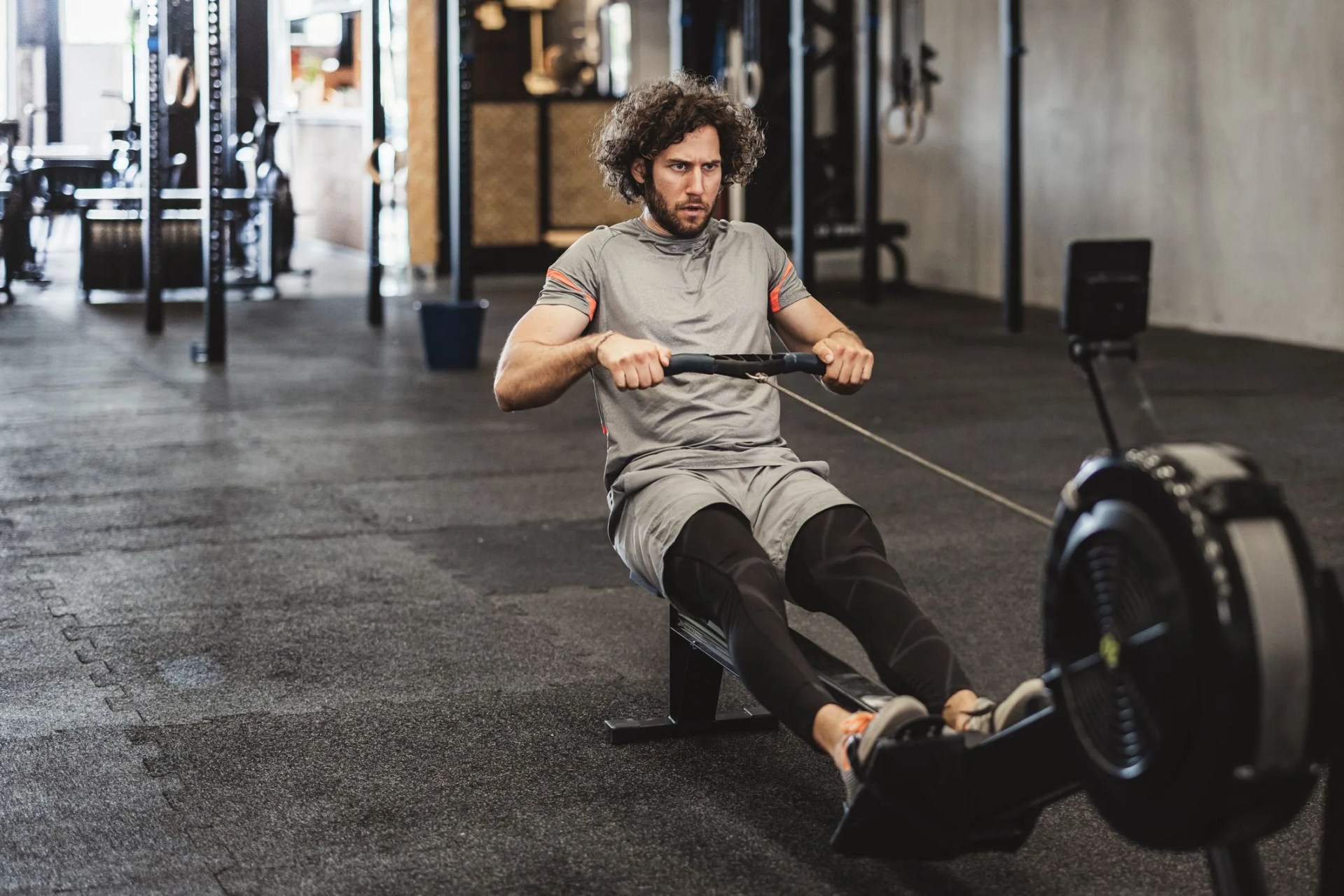If you take your fitness advice from your local gym bro, you’ve probably heard the notion that even looking at a cardio machine can make your hard-earned muscle gains disappear overnight. While that’s certainly not the case, there is some merit to the myth. Multiple studies exist, both supporting and negating the perceived effects of cardiovascular training on strength progress. All this conflicting information can certainly leave you in a tailspin when it comes to planning out your weekly regimens.
Now, this isn’t to say there aren’t benefits to training for cardiovascular improvement. Many athletes can still achieve a proper health and wellness routine through aerobic exercise. The confusion pops up, however, when you start to mix in cardio with more anaerobic modalities.
So, does cardio affect muscular development? It’s not as cut and dry as many would like it to be. The best answer, naturally, all lies in how you structure your training, what your intended goals are and how you view each discipline. Below are some answers outlining how this myth came to be, as well as some tips on how to most efficiently add cardio training to your normal strength regimens.
 skynesher
skynesherHow Cardio Can Influence Your Strength Totals
It can compromise cell pathways.
One of the most scientific ways to showcase how cardio may derail your muscle growth is by looking at the cell pathways that power your adapting physique. The body has two pathways for cell metabolism and growth: the mTOR pathway and the AMPK pathway. While the mTOR pathway is more active during anaerobic exercises like lifting or other resistance training modalities, the AMPK pathway is more in-line with aerobic training, i.e., cardio. Activating both pathways back-to-back could result in less protein synthesis in the mTOR route, which in turn can lead to less muscle growth.
It’s going to tire you out.
When thinking about combining cardio and strength-based training, you need to essentially think of these as two separate workouts. And what do you think you’ll feel after tackling two consecutive sessions? Fatigue, of course.
Kicking off a workout with a treadmill run or extended cycling session can leave you feeling more tired and spent when it comes to those scheduled lifts, giving off the perception that your less intense training is the result of cardio. The same effects can be felt if you perform a cardio session after your prescribed strength workouts, putting your frame under more intensity and thus requiring more recovery time outside the gym. When it comes time to return to the gym, your body could still be feeling the results of yesterday’s double-dip. This tiredness can leave many athletes hesitant to combine the two disciplines, instead opting to choose one or the other rather than fine-tuning their regimens for better results (more on that later).






